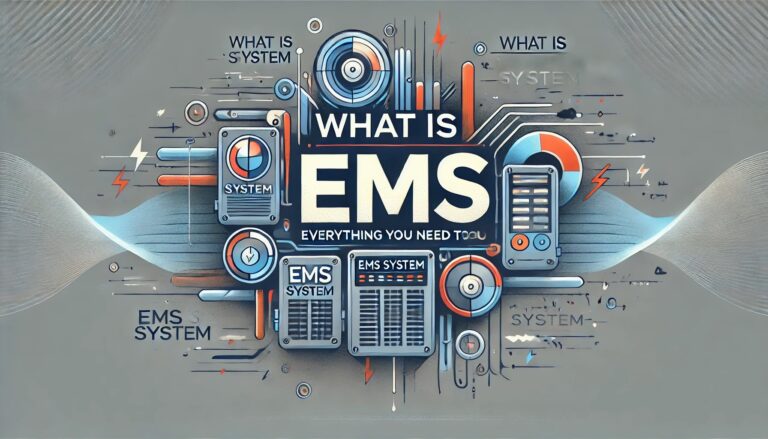Ensuring the safety of employees in the workplace is a critical responsibility of every organization. It not only safeguards the well-being of employees but also ensures the smooth functioning of business operations. In India, where occupational safety and health (OSH) standards are often overlooked or disregarded, there is a dire need to elevate EHS (Environment, Health, and Safety) training and awareness to promote a safety-conscious culture.
According to the International Labor Organization (ILO), there were approximately 2.78 million work-related deaths in 2017, with over 400,000 of them occurring in the Asia-Pacific region, including India. This highlights the importance of prioritizing EHS training and awareness to mitigate workplace hazards and prevent accidents.
While some organizations may view EHS training as a mere legal requirement, it should be recognized as a critical investment in the well-being of employees and the success of the organization. In fact, studies have shown that companies with robust EHS programs tend to have higher productivity, better employee morale, and fewer workplace injuries.
Engaging Employees in EHS Training
One of the most effective ways to elevate EHS training and awareness is to engage employees in the process. When employees feel that their input is valued, they are more likely to take ownership of the safety culture and be more committed to following safety protocols.
A study conducted by the National Safety Council (NSC) found that companies with a strong safety culture are 70% less likely to have workplace accidents. Engaging employees in the EHS training process not only helps to foster a safety-conscious culture but also empowers them to identify and address potential hazards in the workplace.
To engage employees, organizations can use a variety of strategies, such as gamification, peer-to-peer learning, and interactive training modules. For instance, gamification involves using game-like elements, such as rewards and challenges, to make EHS training more engaging and fun. Peer-to-peer learning involves creating opportunities for employees to share their knowledge and experiences with their colleagues, which can help to reinforce learning and promote a culture of continuous improvement. Interactive training modules, such as virtual reality simulations, can provide a more immersive and engaging learning experience, making it easier for employees to retain information.
Fostering a Safety-Conscious Culture
Fostering a safety-conscious culture involves creating an environment where safety is a core value and a shared responsibility. It requires a top-down approach, where leaders and managers demonstrate a strong commitment to safety and hold themselves and their employees accountable for following safety protocols.
In India, where there is a prevalent mindset of “chalta hai” or “it’s okay,” it is critical to promote a culture where safety is not compromised for convenience or productivity. Organizations can do this by creating a safety policy that clearly outlines the company’s commitment to EHS and the roles and responsibilities of employees in maintaining a safe workplace.
Furthermore, safety should be integrated into all aspects of the organization, from the hiring process to performance evaluations. Organizations can also implement safety recognition programs that reward employees who demonstrate a strong commitment to safety.
Conclusion
Elevating EHS training and awareness is critical to promoting a safety-conscious culture in the workplace. By engaging employees in the process and fostering a safety-conscious culture, organizations can reduce workplace accidents and injuries, improve productivity and employee morale, and ensure the well-being of their employees. In India, where OSH standards are often neglected, it is more important than ever for organizations to prioritize EHS training and awareness to mitigate workplace hazards and create a safer and healthier work environment.








